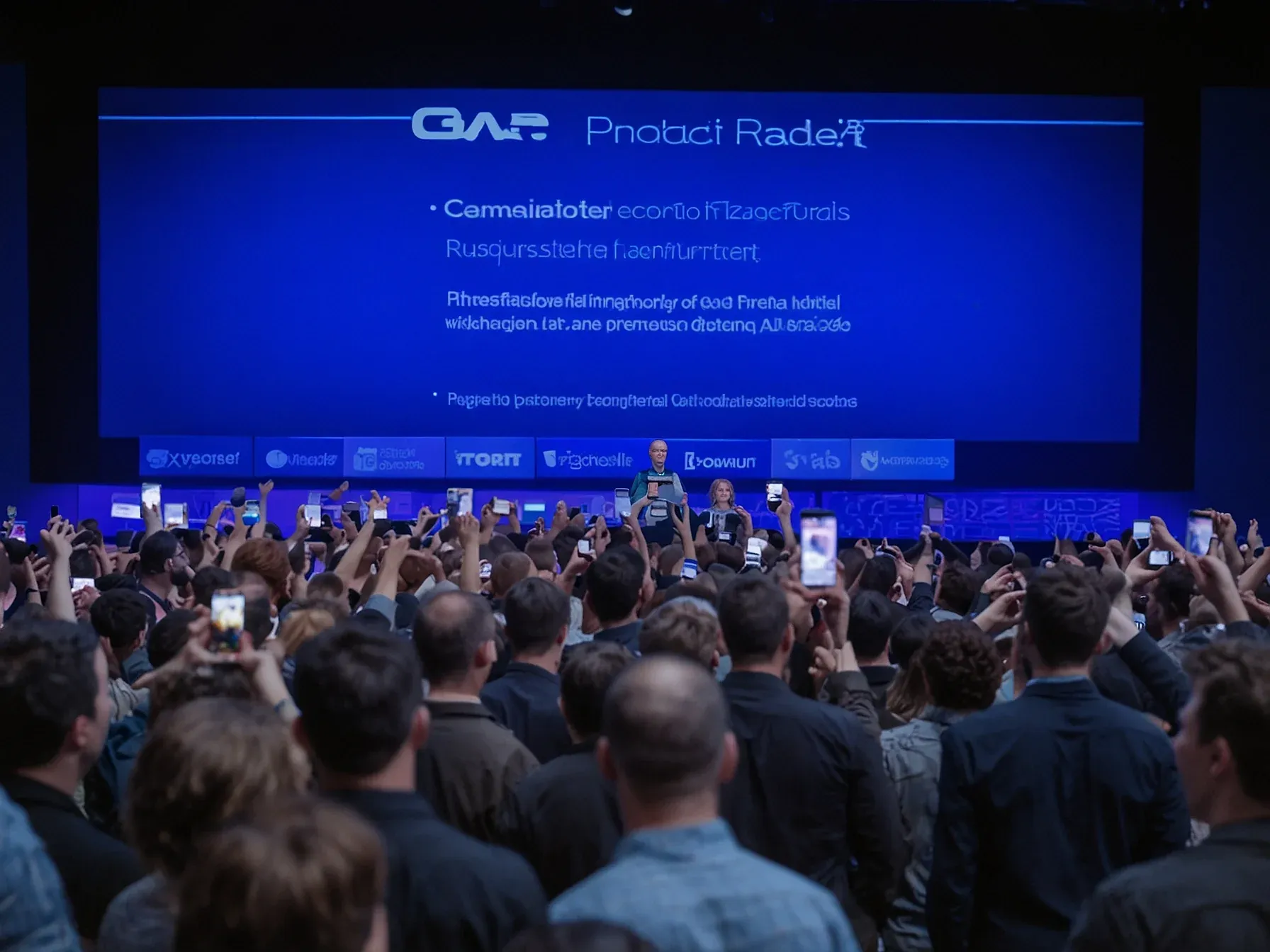
OpenAI pushes its new social video app, Sora, to dominate online feeds
OpenAI rolled out Sora, a social video platform that automatically stitches together AI‑generated clips, and it’s already being splashed across feeds. The rollout feels less like a casual product drop and more like a calculated push to embed the company’s generative tools in everyday scrolling. While the app’s sleek interface promises effortless content creation, the timing raises questions about intent.
Is the goal simply to give users a novel way to share short videos, or does the move serve a broader agenda for the firm? Observers note that each upload doubles as a showcase for the underlying models, turning every share into a silent advertisement. The strategy appears to blur the line between user‑generated media and corporate branding, turning personal timelines into testing grounds.
That tension sits at the heart of the debate, and it’s precisely what the team behind OpenAI’s recently launched social video app wants you to think. It’s fairly obvious what OpenAI stands to gain from flooding the internet with Sora‑generated videos. The content is another way for the company to promote its technology and normalize the…
At least, that's probably what the team behind OpenAi's recently launched social video app wants you to think. It's fairly obvious what OpenAI stands to gain from flooding the internet with Sora-generated videos. The content is another way for the company to promote its technology and normalize the idea of people clocking in at the slop factory as a way of entertaining themselves.
That seems to be the endgame for the Sora app, where generating a video is as simple as typing a few sentences into a prompt box. OpenAI and its competitors all want to be perceived as wellsprings from which a new, revolutionary kind of art has emerged -- one that gives people the ability to express their creativity in ways that were not possible before. The people making these videos like Jake Paul, Snoop Dogg, and Shaquille O'Neal have clearly bought into that idea, or at least been paid to pretend they have in order to convince their gullible fans that mainlining slop from a trough is cool, actually.
But when you watch enough of this stuff (which isn't a lot), what becomes clear is how deeply unimaginative and unfunny it is. You also get the distinct sense that none of these creators have the ability to imagine things beyond "what if this dead celebrity did some buckwild shit that would have given their agents heart attacks?" The substance of these videos speaks volumes about the current state of gen AI. But it says even more about how this technology's output has been influenced by the gradual death of monoculture.
Though some have argued that society felt more cohesive when everyone watched the same TV shows and films -- the mythical work watercooler conversation -- monoculture was not without its drawbacks.
What does the flood of AI‑generated nostalgia say about OpenAI’s strategy? The new Sora app appears designed to seed social feeds with videos that blend retro aesthetics, synthesized teen avatars and familiar soundtracks, a formula that feels engineered to attract clicks. Yet the article notes that the content serves another purpose: promoting OpenAI’s technology and normalizing its output.
Whether users recognize the commercial intent behind the glossy clips is unclear. The headline’s claim of “dominating online feeds” suggests ambition, but the piece offers no data on actual reach or engagement. Moreover, the quote hints that the company wants viewers to assume the videos are organic, a point that raises questions about transparency.
As the app rolls out, observers will need to watch how the balance between entertainment and subtle advertising evolves. Until independent metrics emerge, the true impact of Sora‑driven nostalgia on public perception of generative AI remains uncertain.
Further Reading
Common Questions Answered
What is OpenAI's Sora app and how does it automatically stitch together AI‑generated clips?
Sora is OpenAI's newly launched social video platform that creates short videos by automatically stitching together AI‑generated clips based on a user’s typed prompt. It leverages generative models to produce content with retro aesthetics, teen avatars, and familiar soundtracks, making video creation as simple as entering a description.
Why does the article claim OpenAI is pushing Sora to dominate online feeds?
The article suggests the rollout feels like a calculated push to embed OpenAI's generative tools into everyday scrolling, using a flood of Sora‑generated videos to promote its technology. By seeding social feeds with eye‑catching clips, OpenAI can increase visibility, normalize AI‑created content, and drive user engagement across platforms.
How do retro aesthetics and synthesized teen avatars factor into Sora’s content strategy?
Sora’s videos blend retro visual styles, synthesized teen avatars, and familiar soundtracks to attract clicks and evoke nostalgia, a formula the article describes as engineered for virality. This combination helps the content stand out in social feeds while subtly showcasing OpenAI’s generative capabilities.
What commercial intent does the article attribute to the glossy Sora clips?
The article argues that the glossy clips serve to promote OpenAI’s technology and normalize its output, effectively acting as marketing material embedded in user timelines. While users may enjoy the entertainment value, the underlying goal is to increase awareness and adoption of OpenAI’s AI tools.



